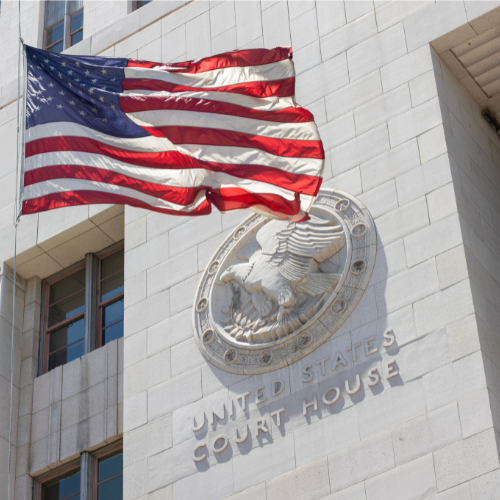
Justice Ruth Bader Ginsburg was appointed to the U.S. Supreme Court in 1993 until her death on September 18, 2020. She was the second woman to serve on the Supreme Court after Sandra Day O’Connor.
Justice Ginsburg earned her bachelor’s degree at Cornell University before finishing law school at Columbia. She taught civil procedure at Rutgers Law School and Columbia Law School after graduating.
Before her appointment to the Supreme Court, Justice Ginsburg spent much of her legal career advocating for gender equality and women’s rights.
Between O’Connor’s retirement in 2006 and appointment of Sonia Sotomayor in 2009, she was the only female justice on the Supreme Court. During that time, Ginsburg became more forceful with her dissents.
Tiffany Wright, an appellate attorney who clerked for Justice Sotomayor, said of the late Justice Ginsburg: “She strongly believed that if you disagree with people, you have to convince them with the strength of your position. Her majority opinions are less fiery, but very much RBG.”
Tara Grove, a law professor at the University of Alabama, says that RBG
“knew, as a lawyer and as a justice, ‘I can only get my colleagues to go so far.’ She was so successful because she had a good sense of what was possible in the moment, with an eye on the long haul.”
Landmark Cases
U.S. v. Virginia (1996)
Justice Ginsburg wrote for the majority in a landmark gender discrimination case, finding the admissions policy at the publicly funded, all-male Virginia Military Institute violated the 14th Amendment’s equal protection clause.
The school claimed its tough, bootcamp-style training, and was known produce military generals, business executives, and congressmen.
Women were denied admission on the basis of their gender and a suit was filed. The school eventually opted to create a counterpart program called the Virginia’s Women’s Institute for Leadership. A district court approved the compromise. The high court did not.
In a 7-1 opinion, Justice Ginsburg called the women’s school “a pale shadow” of VMI, noting it didn’t offer the same curriculum, methodology or opportunities as the all-male institution.
The court concluded that neither federal nor state government can deny women equal opportunity to aspire, achieve, participate in and contribute to society based on their individual talents and capacities.
The decision not only changed the admission policy at VMI but is considered a landmark constitutional law case barring gender discrimination on the basis of stereotypes of ability and preference.
Olmstead v. L.C. (1999)
Nine years after Congress passed the Americans with Disabilities Act, Justice Ginsburg wrote an opinion credited with cementing its scope to include people with mental disabilities, finding the “unjustified institutional isolation of persons with disabilities is a form of discrimination.”
Two women with developmental disabilities and mental health issues had sued the state of Georgia, alleging that professionals treating at an institution claimed they would be placed in community-based programs even though they remained isolated.
The state argued it wasn’t discriminating against the women, because it kept them in these facilities due to funding constraints. Justice Ginsburg, however, noted that Medicaid covers community-based care facilities and tend to be less expensive than institutional care.















